Benefits of the iWALK Crutch For Your Patients:
For more information about iWALK, either dispensing from your practice, or requesting free hand-out brochures fill in the contact form at the bottom of this page.





Clinical research proves that iWALK crutch is safe, effective and ushers in a new standard for recovery of non-weight bearing lower leg injuries.
- PREFERRED BY 90% OF PATIENTS»
- ABILITY TO PERFORM DAY TO DAY ACTIVITIES»
- INCREASED MUSCLE ACTIVITY»
- DECREASED MUSCLE ATROPHY»
- INCREASED BLOOD FLOW
- REDUCED RISK OF BLOOD CLOTS (DVT)»
- SAFER AND MORE STABLE THAN CRUTCHES »
- FASTER RECOVERY»
- ELIMINATION OF SECONDARY INJURIES RELATED TO MOBILITTY DEVICE USE»
- RETURN TO WORK SOONER»
- REDUCED HEALTHCARE COSTS»
- INCREASED PATIENT COMPLIANCE»
- LESS FATIGUE»

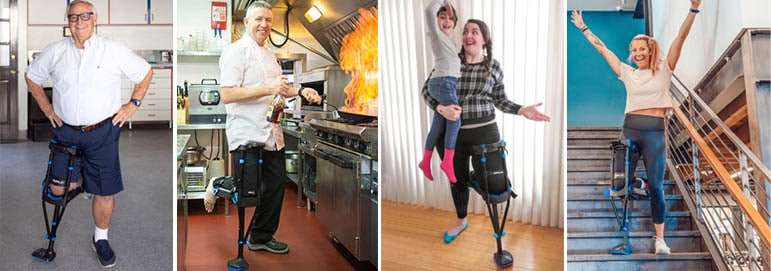
Everyday activities are impossible on traditional crutches or knee scooters. With iWALK crutch you can immediately get back to your routine. So whether you’re pushing a shopping cart, going up or down stairs, carrying a cup of coffee, walking the dog, the iWALK crutch gives you your life back.
Improve your quality of care by giving your patient a functional, pain-free, hands-free recovery.



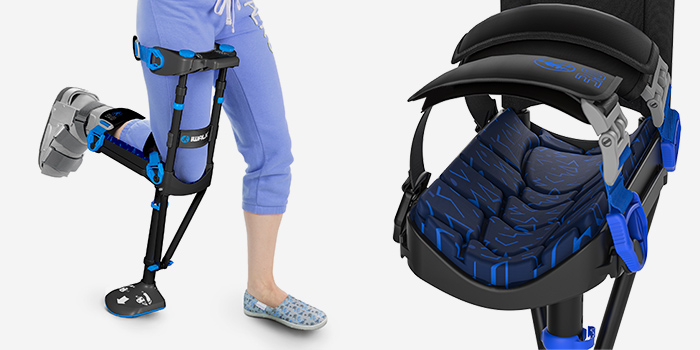
iWALK crutch is clinically proven to reduce your patient’s recovery time. Also, your patient will prefer the iWALK crutch to other mobility devices because they can lead a functional lifestyle during their recovery. Increased activity promotes a reduction in muscle atrophy for both the injured and non-injured leg, and increased compliance can reduce secondary injuries.

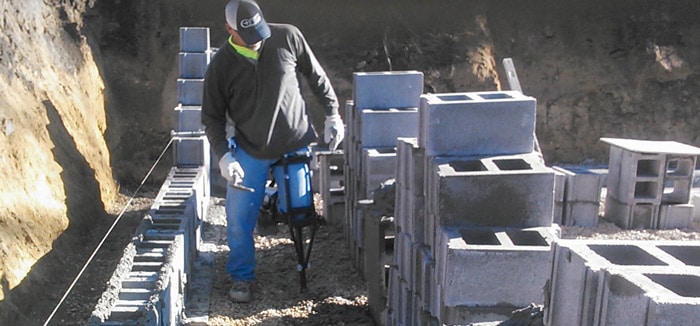
iWALK crutch is inexpensive and affordable. It enables people to get back to work during their recovery period and prevents their injury from impacting their income.

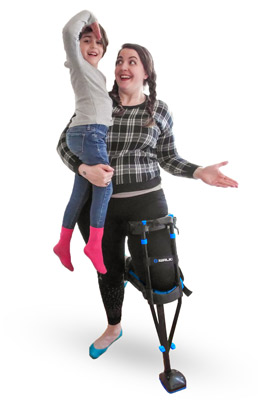
Clinical research proves that the iWALK crutch is more stable than traditional crutches, providing greater safety for your patient. Better by design, the iWALK crutch is functional, strong, easy to use and easy to adjust. It can be tailored to your patient’s leg type, which allows it to mimic their specific leg geometry. This provides natural balance which is familiar to your patient. Unlike other mobility devices, iWALK crutch has a long history of injury-free performance.

What your colleagues are saying
Clinical research supports that iWALK crutch is safe, effective and ushers in a new standard for recovery of non-weight bearing lower leg injuries. Don’t take our word for it – see what your colleagues have to say about the iWALK crutch.
(you can see even more physician testimonials and endorsements here)
"I‘m going use it for myself because of my stress fracture in my heel but I’m excited the opportunity to use it for my patients, especially my non-compliant athletes who have foot and ankle stress fractures and post-ankle surgery. I really think it’s going to cut down on the morbidity of crutch use or walker use. It’s truly hard for patients to be compliant when they have to carry around a device that’s so restrictive that they can’t use their hands or take care of their kids or hold their bags or purse or such".
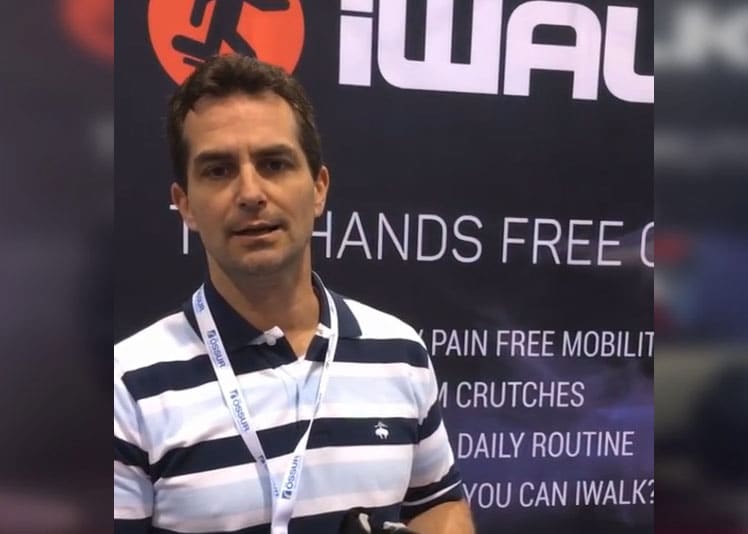
“my patient actually introduced me to the iWALK and, by the way, I’m doing this video just because my patient loves this device. He came walking into the office, I’d never seen it before, and the look on the guy’s face, just watching him walking by all the other patients in wheelchairs, crutches, everything, with this iWALK on, was amazing. And if the patient happy then I’m happy, and let me just tell you – the patient is happy. I just have to say, this is the best device ever.”

“I’m a 58-year-old orthopedic surgeon. I recently sustained a plafond fracture which required surgery. I got your device today, and after a very few minutes I love it! This device is going to enable me to operate again three weeks sooner that would have been the case without it. “Thank you to the inventor. I love engineering excellence and this product exudes excellence. I want other surgeons to know about it!”
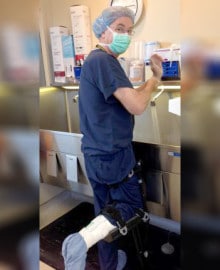
“The iWALK2.0 is a phenomenal product. I will definitely recommend the iWALK2.0 to my patients, especially those in needing to use their hands. There really isn’t a crutch alternative other than the iWALK2.0 that can provide you with hands-free mobility.”
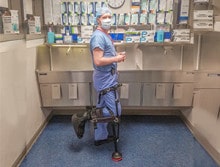
“With the help of the iWALK2.0, I have been able to do cardio exercise despite having a fractured foot. Thank you for the iWALK2.0! I’ve been able to enjoy my life, even with a foot fracture!”
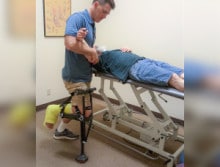
“I am an Internal Medicine Hospitalist physician and found myself very limited in my ability to see my patients after I suffered a calcaneus fracture. iWALK2.0 has literally been a lifesaver! This is a tool that has been invaluable to me both professionally and in my personal life.”
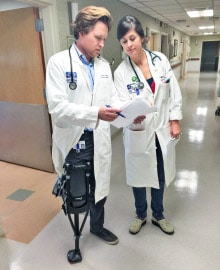
“I’m five weeks post-op with a tibial plateau fracture. Today I’m doing a rotator cuff repair, total joint replacement and a clavicle fracture. I’m back in the operating room, hands free!”.
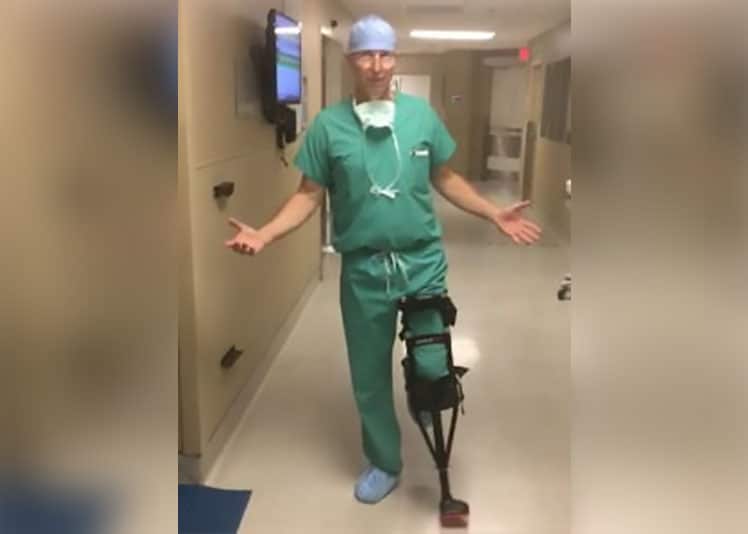
“Dr. Erik Brink, LCDR US Navy is an orthopedic surgeon based in Naples Italy. He used the iWALK2.0 to get back in the operating room. “I will definitely recommend it to my trauma patients and encourage orthopedics to keep stock of the iWALK2.0 in their department”.
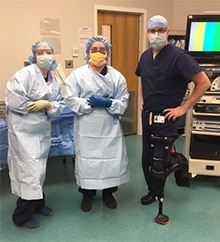
Previous
Next
Indications
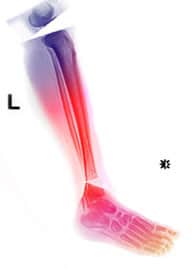
iWALK crutch works for these common lower leg injuries
- Foot fracture
- Sprained ankle
- Broken ankle
- Achilles tendon rupture
- Achilles tendon injuries
- Bunions
- Tibia fracture
- Fibula fracture
- Jones fracture
- Plantar fasciitis
- Stress fractures (lower leg)
- Below knee amputation
- Foot and ankle dislocations
- Foot ulcers
- Calf muscle tear
- Calf muscle strain
- Gastrocnemius tear
- Almost any lower leg injury is indicated for use with iWALK crutch.
Contraindication
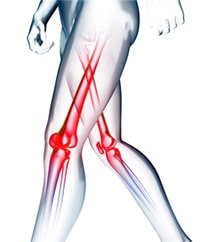
iWALK crutch does NOT work for these leg injuries
- Any injury to the knee or above
- ACL tears
- MCL tears
- Patella conditions
- Other knee injuries
- Hamstring tears and strains
- Groin injuries
- Piriformis injuries
- IT band issues
- Illiopsoas (hip flexor) conditions
- Diabetic ulcers where proprioception issues adversely affect balance or any other knee or above upper leg injury.
- Femur fractures
- Hip injuries


